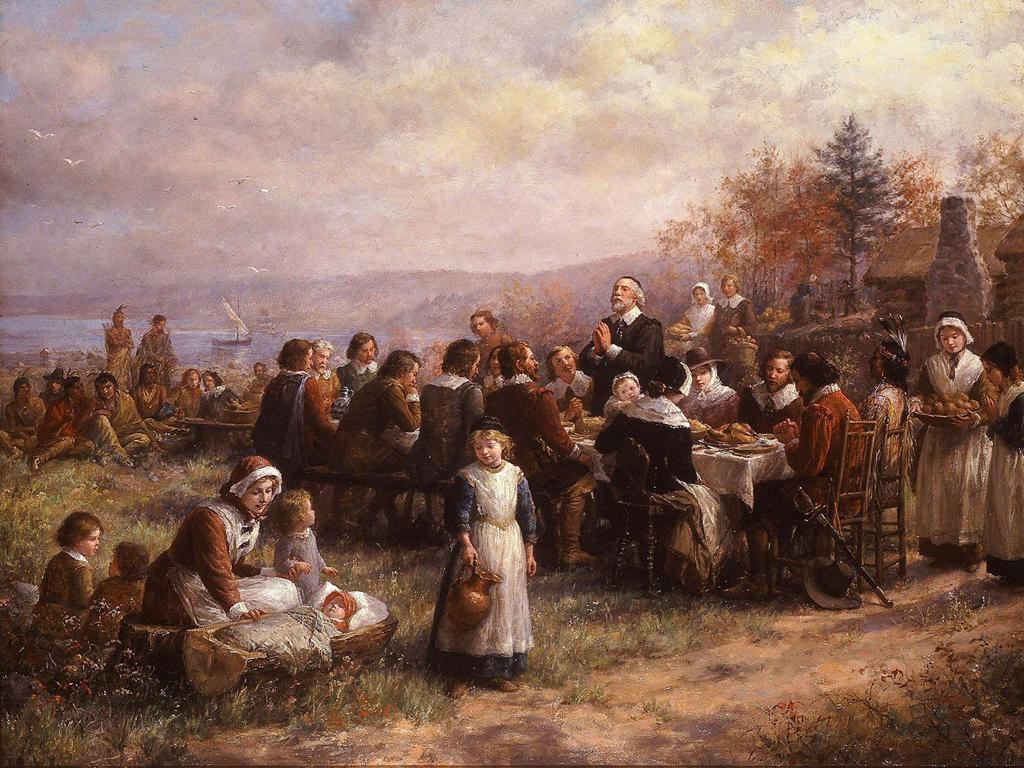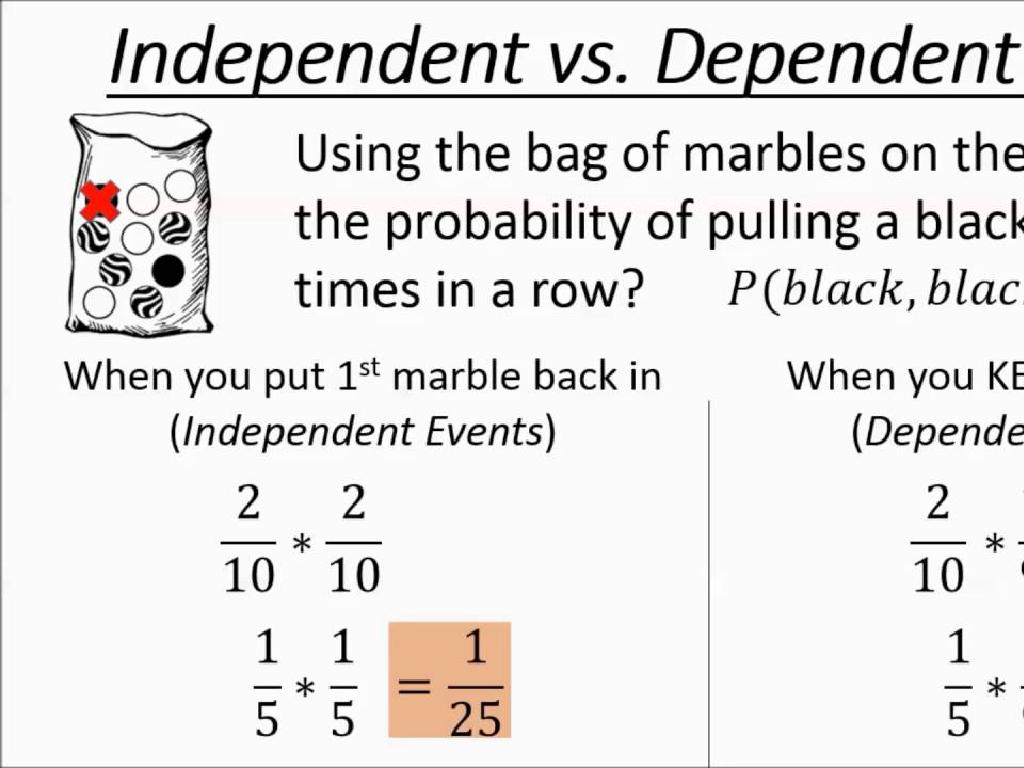Which Sentence Is More Formal?
Subject: Language arts
Grade: Sixth grade
Topic: Author'S Purpose And Tone
Please LOG IN to download the presentation. Access is available to registered users only.
View More Content
Understanding Formal vs. Informal Language
– Grasping author’s intent
– Why did the author write this? What message are they conveying?
– Differentiating language styles
– Formal language is polite and serious, informal is casual and familiar.
– Identifying formal sentences
– Formal sentences often use advanced vocabulary and complex structure.
– Analyzing sentence examples
– We’ll look at sentences to decide which is more formal and why.
|
This slide introduces the concept of author’s purpose and tone, focusing on the distinction between formal and informal language. Students will learn to infer the author’s intent behind their writing and understand how the choice of language affects the tone of the text. Emphasize that formal language is typically used in professional or academic settings, while informal language is used in everyday conversations. Provide examples of both formal and informal sentences and guide students to identify the more formal one, discussing the reasons for their choices. Encourage students to consider the context in which the sentences might be used and how word choice and sentence structure contribute to formality.
Understanding Author’s Purpose
– Why do authors write?
– To Persuade, Inform, Entertain, or Explain
– Examples of author’s purposes
– Persuade: ads; Inform: news articles; Entertain: novels; Explain: how-to guides
– Purpose’s effect on tone
– A serious purpose often leads to a formal tone
– Formal vs. informal language
– Formal language is structured, informal is conversational
|
This slide aims to help students understand the concept of author’s purpose and how it influences the tone and language of a text. Authors write with different intentions: to persuade the reader to adopt a viewpoint, to inform them with facts, to entertain through stories, or to explain how to do something. Provide examples of each purpose to illustrate the point. Discuss how an author’s purpose can affect the tone of their writing; for instance, a text meant to persuade might have a serious and formal tone. Contrast formal language, which is used in academic or professional settings, with informal language, which is more conversational and used among friends. Encourage students to think about the author’s purpose when reading and to consider how it shapes the way they interpret the text.
Identifying Tone: Formal vs. Casual
– Understanding author’s tone
– Tone is how the author feels about the subject
– Tone reflects emotions and attitudes
– Words chosen can make us feel happy, sad, excited, or scared
– Tone varies: Serious to Humorous
– Examples: ‘grave’ for serious, ‘joking’ for humorous
– Formal vs. Casual language
– Formal language is polite and serious, casual is relaxed and uses slang
|
This slide aims to help students recognize the tone an author uses in writing, which can greatly affect how the text is understood. Tone is conveyed through the author’s choice of words and style, and it can range from serious and formal to humorous and casual. Provide examples of different tones and discuss how they might be appropriate in different contexts. For instance, a formal tone might be used in academic writing, while a casual tone could be more suitable for a text message to a friend. Encourage students to think about why an author might choose one tone over another and how that choice influences the reader’s perception of the text.
Formal vs. Informal Language
– Formal language in professional settings
– Informal language with friends and family
– Vocabulary and sentence structure differ
– Formal: ‘assist’, ‘purchase’; Informal: ‘help’, ‘buy’
– Contractions in informal, not in formal
– Informal often uses contractions like ‘can’t’ or ‘won’t’
|
This slide aims to distinguish between formal and informal language, highlighting the appropriate contexts for each. Formal language is structured, uses advanced vocabulary, and avoids contractions, making it suitable for professional or academic settings. Informal language is more relaxed, uses simpler words, and contractions, fitting for conversations with friends and family. Discuss the importance of recognizing the audience to determine the appropriate tone and language. Provide examples of both formal and informal sentences and ask students to identify which is which, explaining their reasoning based on vocabulary, sentence structure, and use of contractions.
Formal vs. Informal Sentences
– Identify formal vs. informal sentences
– Look for slang, contractions, and casual phrases
– Discuss formality in sentence construction
– Formal sentences use precise vocabulary and avoid contractions
– Practice making sentences formal
– Take an informal sentence and replace casual language with formal synonyms
|
This slide aims to help students distinguish between formal and informal sentences, an important skill in writing and understanding the author’s purpose and tone. Start by explaining that formal language is used in professional or academic settings, while informal language is used with friends or in casual situations. Show examples of both types of sentences and ask students to identify which is which, focusing on word choice, contractions, and tone. Then, discuss why certain words or structures are more formal. Finally, engage students in an activity where they transform informal sentences into formal ones, reinforcing the lesson. Encourage students to think about the audience and purpose of their writing when choosing a formal or informal tone.
Class Activity: Formal or Informal?
– Read sentences as a class
– Decide on formality level
– Volunteers write answers on board
– Who would like to be the first volunteer?
– Discuss reasons for choices
– Let’s talk about why each sentence is formal or informal.
|
This interactive class activity is designed to help students understand the difference between formal and informal language. Start by reading sentences aloud and asking the class to think about the tone of each sentence. Have volunteers come up to the board to write whether they think each sentence is formal or informal. Encourage other students to participate by asking if they agree or disagree with the volunteer’s decision and why. Facilitate a discussion on the characteristics of formal and informal language, such as word choice, sentence structure, and the context in which the language is used. Possible activities: 1) Pair students to find additional sentences in books or articles and determine their formality. 2) Create a game where students guess the formality of sentences for points. 3) Have students rewrite informal sentences into formal ones, and vice versa. 4) Role-play conversations in formal and informal tones. 5) Use sentences from different genres and discuss how tone changes with context.
Formality in Writing: Hobby Sentences
– Write two sentences about a hobby
– One formal and one informal for comparison
– Share and discuss with a partner
– Explain why one is formal and the other informal
– Understand formal vs. informal tone
– Present sentences to the class
– Volunteers will share their sentences aloud
|
This slide introduces a writing exercise aimed at distinguishing between formal and informal language. Students will write two sentences about their favorite hobby, one using a formal tone and the other an informal tone. They will then pair up to discuss the differences they notice in word choice, sentence structure, and overall tone. This activity will help them understand how the purpose of writing affects the level of formality in language. After the discussion, select a few students to present their sentences to the class, which will provide concrete examples and reinforce the concepts learned. Encourage students to be respectful listeners and to provide constructive feedback on their peers’ presentations.
Formal vs. Informal Language: Conclusion & Homework
– Recap: Formal vs. Informal Language
– Importance of recognizing language tone
– Understanding the difference helps in choosing the right tone for different situations.
– Homework: Write a formal paragraph
– Describe a recent event using formal language, focusing on proper grammar and vocabulary.
– Share your paragraph next class
|
As we conclude, remember that recognizing the difference between formal and informal language is crucial for effective communication. Formal language is often used in academic writing, professional settings, and when addressing individuals in positions of authority. For homework, students are to write a short paragraph about a recent event, such as a school assembly or a sports game, using formal language. This will help them practice using a formal tone, which includes proper grammar, punctuation, and vocabulary. Encourage them to avoid slang and contractions. In the next class, we’ll share and discuss these paragraphs to reinforce our understanding of formal language.





